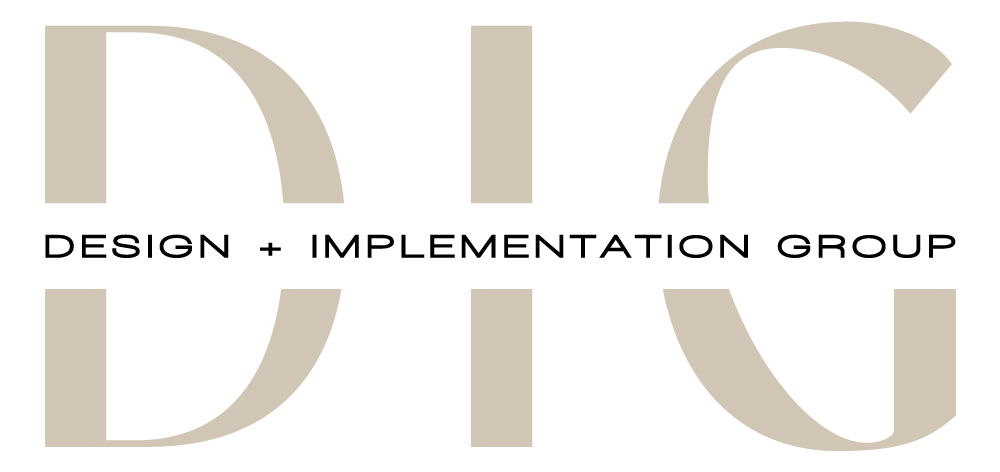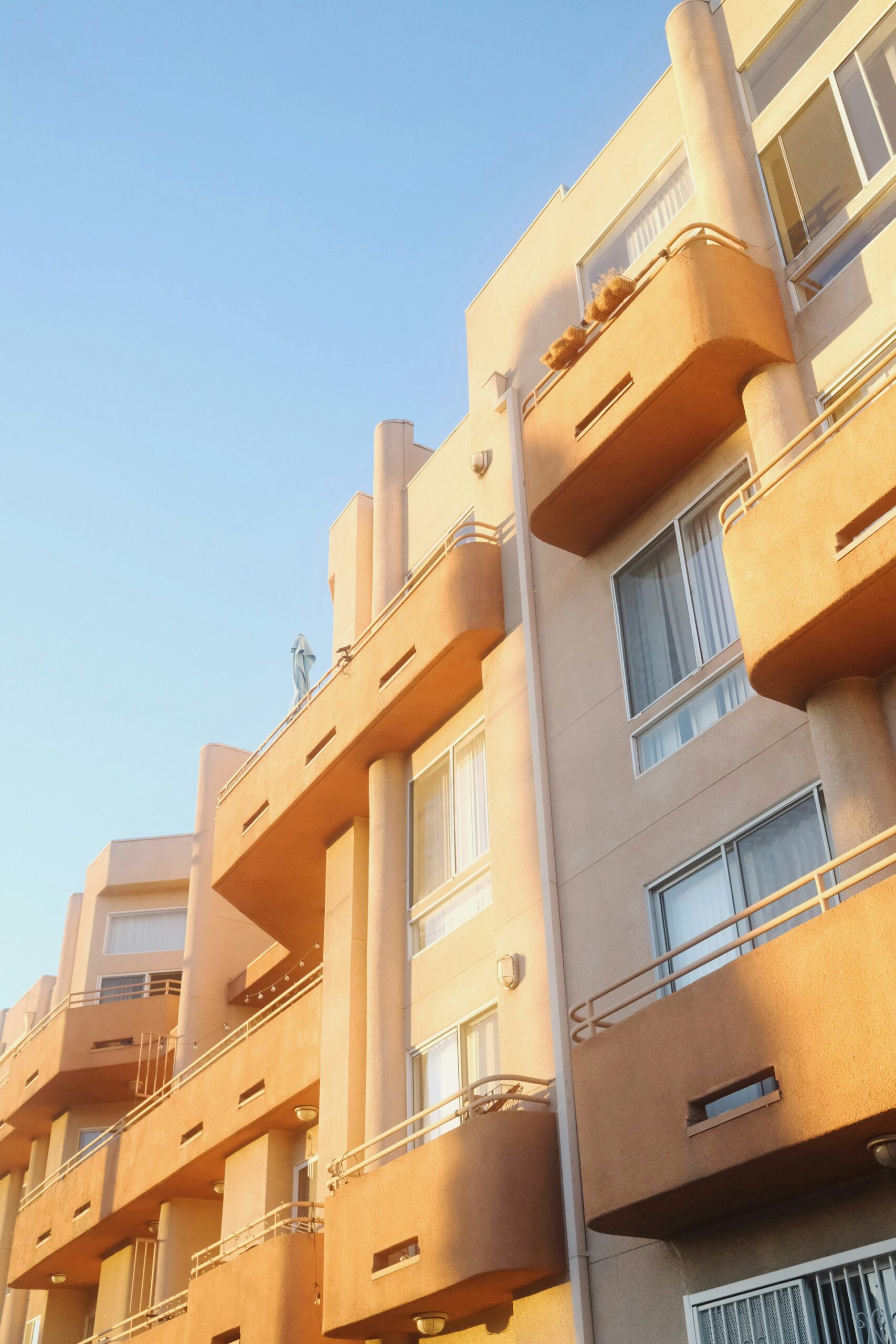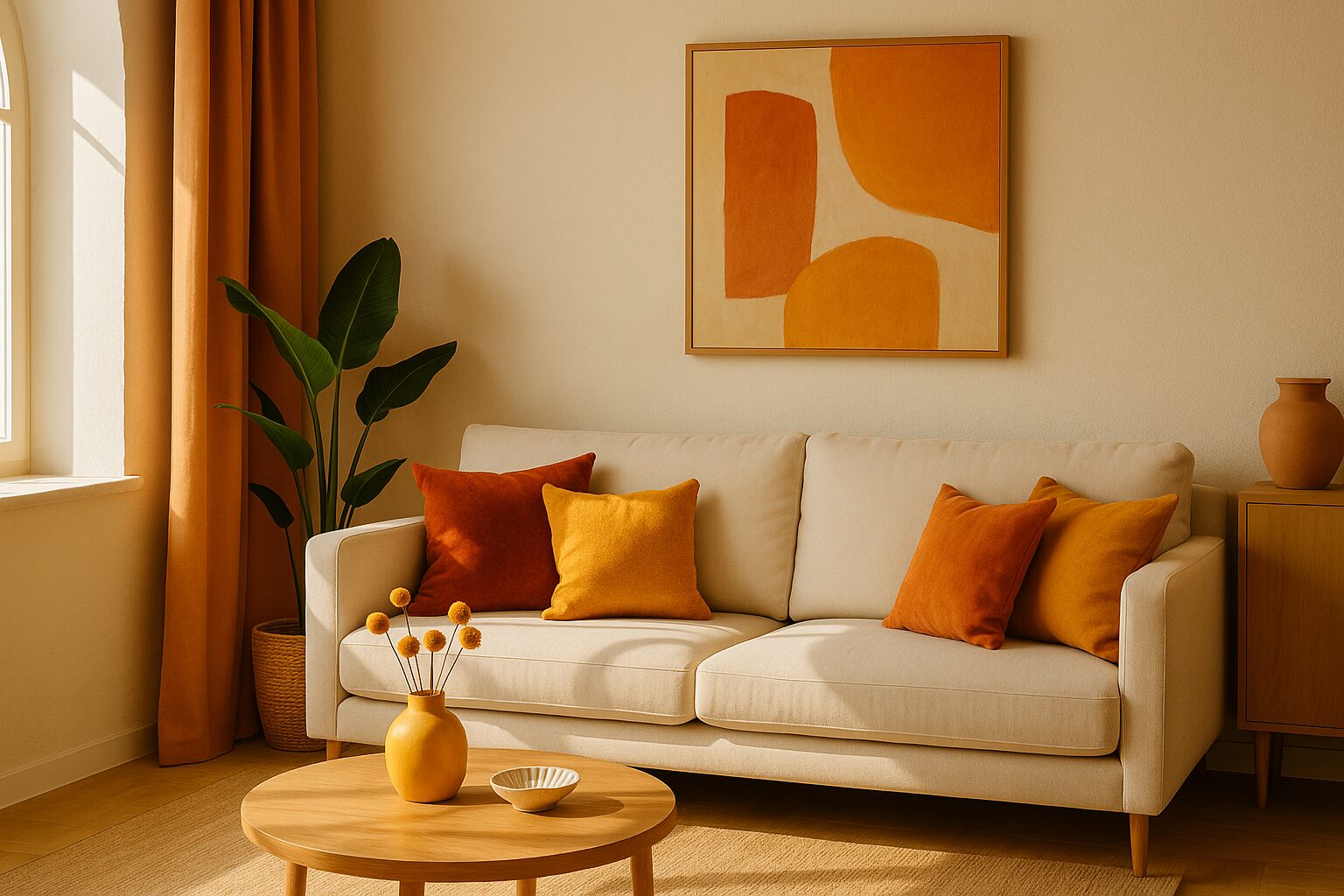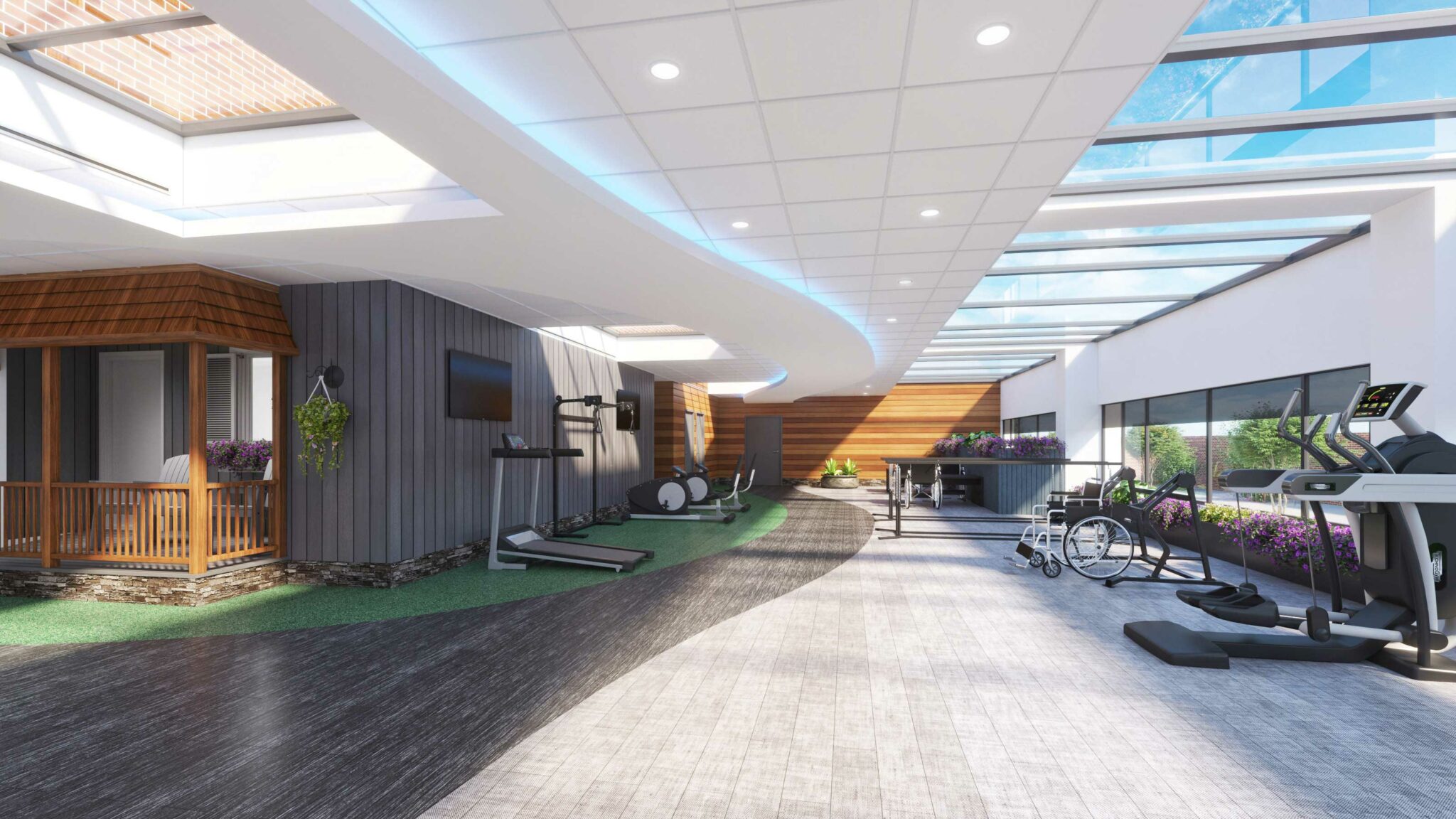Interior design plays a crucial role in the success of rental properties. A well-designed space not only attracts potential tenants but also helps maintain long-term occupancy. As professional interior designers, we’ve compiled a comprehensive guide to help property owners navigate the dos and don’ts of designing rental spaces.
Understanding Your Target Market
Before diving into design choices, it’s essential to understand your target market. Different demographics have varying preferences and needs. Young professionals might appreciate modern, minimalist designs, while families may prioritize functionality and durability. Researching your local rental market and tenant demographics can provide valuable insights to inform your design decisions.
The Dos of Rental Property Interior Design
1. Focus on Durability and Functionality
When designing a rental property, durability should be a top priority. Choose materials and furnishings that can withstand wear and tear from multiple tenants. Opt for easy-to-clean surfaces, stain-resistant fabrics, and sturdy furniture. While aesthetics are important, functionality should never be compromised.
2. Create a Neutral Base
A neutral color palette serves as an excellent foundation for rental properties. Light, neutral tones make spaces appear larger and brighter while providing a blank canvas for tenants to personalize. Shades of white, beige, and gray are timeless choices that appeal to a wide range of tastes.
3. Maximize Storage Options
Ample storage is a significant selling point for many renters. Incorporate clever storage solutions such as built-in shelving, under-bed storage, or multi-functional furniture. This not only adds value to the property but also helps tenants keep the space organized and clutter-free.
4. Invest in Quality Flooring
Flooring is subject to considerable wear and tear in rental properties. Invest in high-quality, durable flooring options such as luxury vinyl planks, tile, or hardwood. These materials are not only long-lasting but also easy to maintain and clean between tenants.
5. Prioritize Lighting
Good lighting can transform a space, making it feel warm and inviting. Layer different types of lighting, including ambient, task, and accent lighting. Consider installing dimmer switches to allow tenants to adjust the ambiance according to their preferences.
The Don’ts of Rental Property Interior Design
1. Avoid Overly Personal or Eccentric Designs
While it’s tempting to showcase your personal style, remember that the goal is to appeal to a broad audience. Steer clear of highly specific themes, bold patterns, or unusual color schemes that might deter potential tenants. Keep the design versatile and adaptable.
2. Don’t Skimp on Quality
While budget considerations are important, cutting corners on quality can lead to frequent replacements and repairs. Invest in well-made, durable items that will withstand the test of time and multiple tenants. This approach often proves more cost-effective in the long run.
3. Avoid Cluttering the Space
A common mistake in rental property design is overcrowding the space with furniture or decor. Remember that less is often more. Provide essential furnishings but leave room for tenants to add their personal touches. An uncluttered space appears more spacious and allows potential renters to envision themselves living there.
4. Don’t Neglect Maintenance and Updates
Even the best interior design will lose its appeal if not properly maintained. Regularly assess the property for wear and tear, and address issues promptly. Stay current with design trends and consider periodic updates to keep the property fresh and competitive in the rental market.
5. Avoid Ignoring Outdoor Spaces
If your rental property includes outdoor areas such as balconies, patios, or gardens, don’t overlook their potential. These spaces can be significant selling points. Provide basic outdoor furniture and ensure these areas are well-maintained to extend the living space and increase the property’s overall appeal.
Balancing Aesthetics and Practicality
The key to successful interior design for rental properties lies in striking the right balance between aesthetics and practicality. While creating an attractive space is important, it’s equally crucial to consider the practical aspects of rental living. This includes choosing materials that are easy to clean and maintain, designing layouts that maximize space efficiency, and selecting fixtures and fittings that are both stylish and durable.
Conclusion
Designing rental properties requires a thoughtful approach that considers both the property owner’s interests and the tenants’ needs. By following these dos and don’ts, you can create appealing, functional spaces that attract quality tenants and stand the test of time. Remember, a well-designed rental property not only enhances its market value but also contributes to tenant satisfaction and long-term occupancy.




